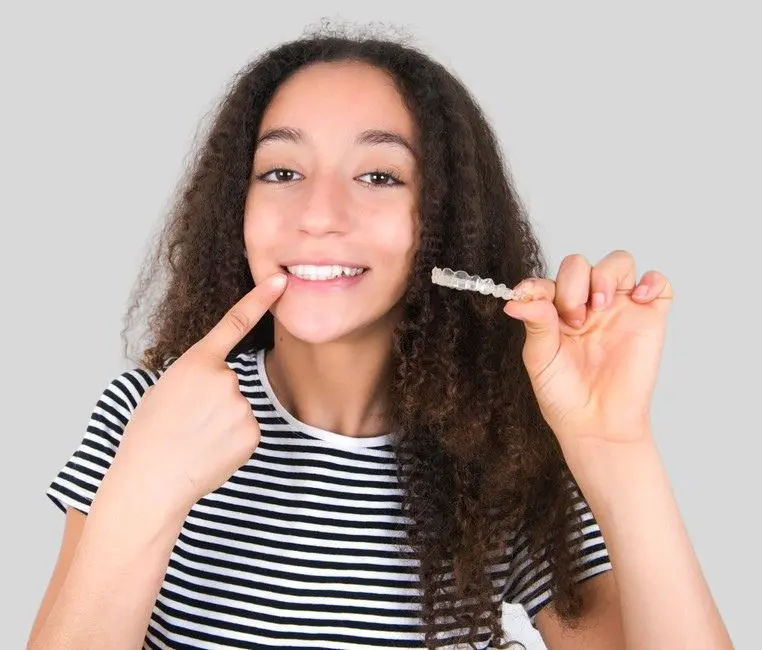
Clean My Mouthguard?
You can clean all mouthguards in the same way. There are two types of cleaners: chemical and DIY home solutions.
DIY Mouthguard Cleaning Methods are popular. They are easy to use and effective.
Maintaining oral hygiene is important. Daily cleaning of your mouthguard helps in this.
Remember, using the right cleaning method is crucial. It ensures the longevity of your mouthguard.
Many of these home solutions are also chemical composites, but ones that are much more readily available around your home, like:
- Non-abrasive toothpaste
- Mouthwash
- Nontoxic, alcohol-free soap
- Hydrogen peroxide and vinegar
- Baking soda
To clean with soap or toothpaste, simply adhere to these following steps:
- Rinse your occlusal guard out with water.
- Apply a small dab of the soap or toothpaste to a soft-bristled toothbrush .
- Gently brush around the occlusal guard.
- Rinse both the brush and guard.
- Let air dry before storage.
Alternatively, if you don't want to use soap or toothpaste, you can fill a clean bowl with equal parts baking soda and water. This will create a paste that you can apply to brush the occlusal guard.


